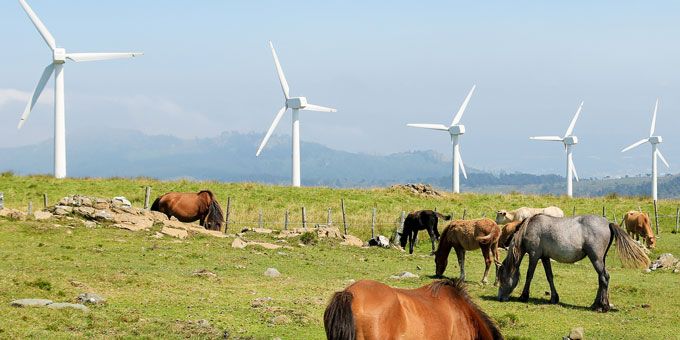To remain relevant for their members, cleantech clusters need to evolve and they need to do it soon. They can either choose to use their network-building expertise to help emerging technologies or change their core activities to meet the new demands of the market.
 From Cleantech to Green Growth
From Cleantech to Green Growth

Christian Riester & Rolf Bastiaanssen | Bax & Company
Linkages between various stakeholders with common interests in the emerging sector of clean technology have been developing into cluster organisations during the past decade. They grew out of sector business support, which used to focus on connecting stakeholders: industry network to establish contacts between cleantech actors, or matchmaking to connect small businesses and solution providers with major corporations and government agencies. Today, many of the technologies that were originally established to develop and nurture, are reaching market maturity.
Recent announcements highlight the increasing competitiveness of renewable electricity sources and signal the need for subsidies may be approaching an end-stage. For instance, Saudi Arabia recently launched a programme to invest $30bn-$50bn in solar and wind energy. Meanwhile, the European Commission has been redesigning the electricity market to create a level playing field between renewable and fossil fuel technologies as part of the 2016 Winter Package policy framework. Both of these examples suggest that large private and public investors are operating in mature and emerging economies increasingly independent of public support.
This is a reflection of the success of these clusters’ endeavours, as well as the industry as a whole reaching the mainstream. As it continues to gather momentum, cleantech itself is diverging into sub-categories. It is no longer suitable as the catch-all term for more specific topics such as smart grids, waste-to-value, solar PV and energy efficiency in buildings. As the industry life cycle of topics formerly classified by the term cleantech evolves, the focus shifts from the development of clean technology to a combination of sustainability, as the public demand, and economic growth into Green Growth.
Green Growth implies a much more advanced industry life cycle of the underlying technologies. If established cleantech cluster organisations intend to follow the industry, adapted activities and services are essential to remaining relevant to their current members. These include increased involvement and support of larger-scale public-private investments, but also neutral brokering of multi-stakeholder partnerships or consortium development for initiatives focused on system transition.
An alternative scenario would entail keeping current core activities but shifting focus away from the generic cleantech towards supporting novel R&D topics and emerging concepts. So that leaves clusters with a choice between the following two options:
STICKING WITH SUSTAINABILITY
The first option is for the clusters to remain focused on sustainable technology and adapt the activities and services they offer members in order to ensure they keep giving them value. The cluster would have to move from its traditional networking role to actively coordinating procurement and supporting the development of larger investment projects. While it might seem more labour-intensive, it certainly seems the natural step for most clusters. As member-driven organisations, the priority is to keep those members interested.
New policies such as the EU directives promoting private and public collaborations for sustainable technologies encourage clusters to stay in the field, aim a little bigger and work towards collaborations on a larger scale.
ENGAGING WITH EMERGING IDEAS
Clusters could also choose to veer away from clean technologies to new areas of interest, whether that be servitisation (shifting the focus from products to product service) or ICT/AI. These as-yet unestablished technologies need the activities the clusters have been organising for the past 10 years, to help them reach the levels of maturity cleantech has today.
Some clusters have already taken steps to safeguard a continued presence in the world of sustainable technology. Cambridge Cleantech is scaling up its reach, expanding to a different region by launching a sister cluster in Oxfordshire, Oxfordshire Greentech. Meanwhile, Allia has bought London broker, City & Continental to “better advise organisations on their financing options” and ensure access to finance for larger-scale projects. Looking at just these two examples, it already seems likely that the futures of cleantech clusters will dovetail as they find new, individual ways to evolve within the field of sustainability.
The content & opinions in this article are the author’s and do not necessarily represent the views of AltEnergyMag
Comments (0)
This post does not have any comments. Be the first to leave a comment below.
Featured Product

